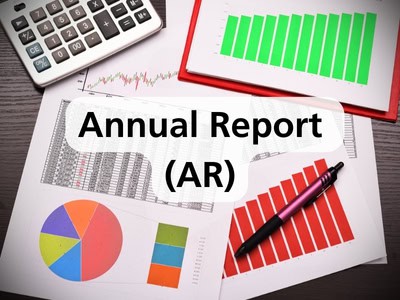Understanding Annual Reports: A Comprehensive Overview

Typically distributed to shareholders, the report showcases a mix of graphics, photos, and narratives detailing the company’s activities over the past year. Sections include general corporate information, financial statements, and management’s discussion and analysis.
Annual reports are essential for mutual funds, albeit simpler in presentation, offering shareholders and prospective investors quantitative data on the fund’s performance. Key information includes holdings, financial statements, and fund returns.
The annual report’s significance lies in assessing a company’s ability to meet financial obligations, profitability, growth trends, and adherence to accounting principles. Investors, employees, creditors, and analysts must make informed decisions. Furthermore, the report aids fundamental analysts in predicting a company’s future direction.
While public companies often engage auditing firms for annual report creation, the document typically comprises a letter to shareholders, a business description, audited financial statements, and explanatory notes. Annual reports are indispensable tools for corporate transparency, providing a comprehensive snapshot of a company’s financial and operational status and influencing investment decisions and market perception.


